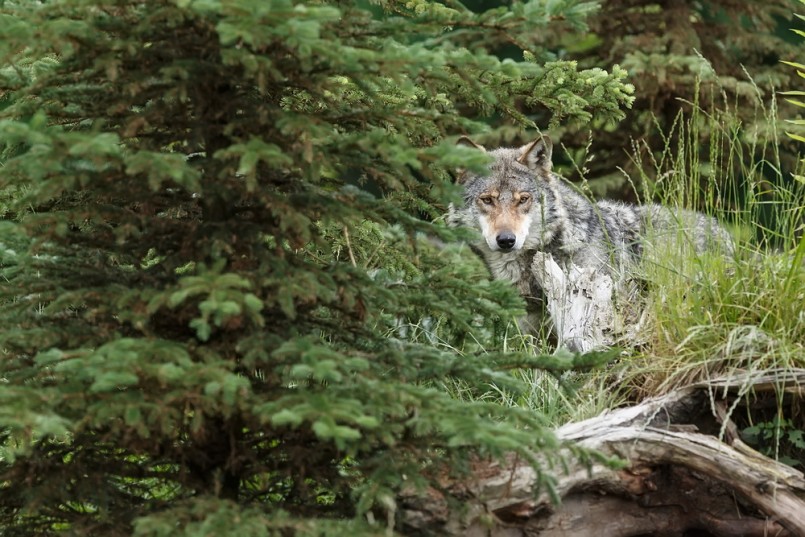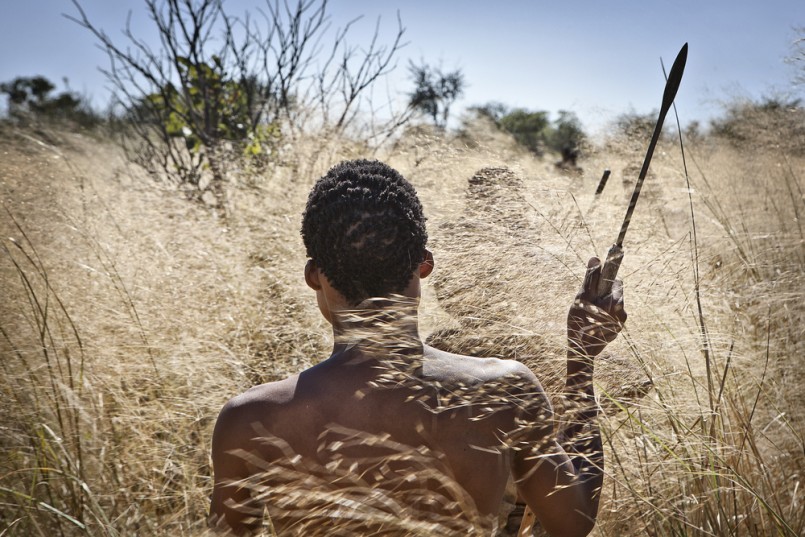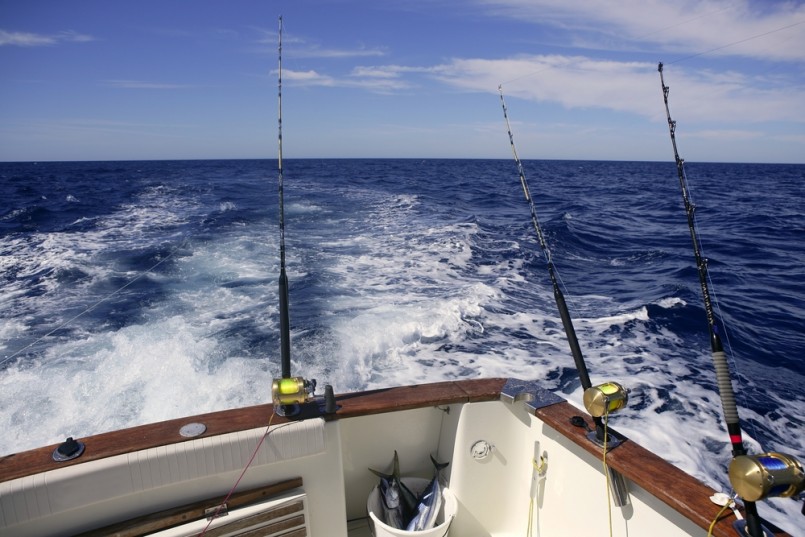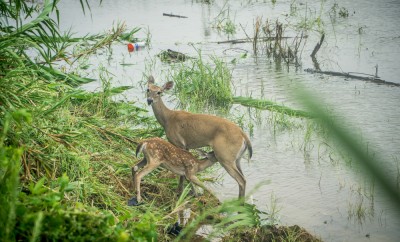Africa
Humans: The World’s Apex Predators

Image: Shutterstock/Michal Ninger
Humans: The World’s Apex Predators
When we think of apex predators we immediately think of lions, wolves, sharks, and bears. They’re the animals that simultaneously amaze us with their grandeur, while also sending chills down our spine when we’re hiking in the mountains or swimming in the ocean. The animals that sit at the top of their food chains are crucial to the stability of the species they prey on. They’re also vital to maintaining the health of plants and animals down the ladder. Unfortunately these predators are declining in number and as a result, they’re jeopardizing the ecosystems in which they exist. What’s causing this decline? The growth of the human population and our costly demands have a greater impact on these animals than most people realize. But not only are these top predators decreasing in number, their loss also leads to the consequences of major economic and ecological shifts.
In North America alone, the largest terrestrial predators have been declining for the past two hundred years while the ranges of sixty percent of mesopredators have expanded, according to the journal Bioscience.
Some of the causes for this decline include habitat disruption, hunting, and fishing. Sometimes these incidents are an accident, while other times they’re out of fear of personal attack or loss of livestock.
As the top predators decrease in number, their mesopredators (medium-sized, middle trophic level predator, which both predates and is predated upon), will likely have consequences that exceed those of the apex predators. They’ll contribute the same conflict toward humans, and even produce new conflict. The mesopredators occur at higher densities than the top predators and will be more resistant to control efforts.
Wolves
The loss of wolves is often favored by ranchers for fear of losing their livestock. But the loss of wolves has led to an increase in coyotes, their mesopredator. According to Livescience, coyotes attack pronghorn antelope and domestic sheep, and the measures taken to control them have costed hundreds of millions of dollars already.

Image: Shutterstock/2630ben
African Lions & Leopards
The lion population has been in decline since 1992. The West African lion population is predicted to drop by fifty percent in the next twenty years. In some parts of Sub-Saharan Africa the lion and leopard populations have been completely decimated, leaving a spike in the mesopredator, baboons. This has led to children being forced to stay home from school to protect family gardens from brazen packs of crop-raiding baboons.
The pastoralists who manage herds of animals will trap and kill lions because they threaten their livestock. Another reason for their decline is that their prey is decreasing due to poachers using wire snares to trap zebra and other lion prey. The poachers will sell the meat at markets in bigger cities. Lions are struggling to survive with less food to eat. To save the lions we need more money to fund conservation workers who can protect wildlife refuges and remove snares when they see them.

Image: Shutterstock/holbox
Sharks
Sharks are in decline due to overfishing. With the loss of sharks comes the increase of rays, which have caused the elimination of a bay scallop fishery. This has led to great ecological and economic loss. In addition to overfishing in general, shark finning has caused a dramatic decrease in shark population. Each year tens of millions of sharks die because of finning, which is generally done to produce shark fin soup, an Asian “delicacy.”
Wolves, lions, leopards, and sharks aren’t the only apex predators in danger. Bears, polar bears, wild dogs, and Asian tigers are declining due to an increase in human population, our demands, and our fear of attack and loss of livestock.
Threatening to our safety and livestock they may be, but these apex predators are actually vital to our safety. Apex predators suppress the multiplication of smaller predators. It would cost more money to suppress mesopredators than it would to return apex predators to the system. While apex predators are typically carnivores, many mesopredators are herbivores and can cause severe crop and plant damage if their population increases.
If we don’t set more regulations for our wildlife refuges and enforce stricter control on hunting and fishing, then we continue to sit in the seat of apex predator. While our population will continue to grow, we cannot carelessly let our chain of actions lead to the decline of these precious predators. Understanding the effect that the decline of apex predators and the increase of mesopredators would have on our economy and ecosystem is the first step to seeing how vital it is that we protect and respect the predators place in the food chain.





0 comments